News Beat
News Beat reporting is an idrw.org initiative to let our Readers to report News Based on Actual facts but some how has not been reported in Main Stream Media .
SOURCE: RAUNAK KUNDE / NEWS BEAT / IDRW.ORG

India is planning to develop an Underwater Test and Tracking Range (TTR) to test its torpedoes and other underwater weapons. The proposed TTR will consist of both onshore and offshore facilities and will be located on the eastern coast of India.
The TTR will be used to test a variety of torpedoes, including heavyweight torpedoes and those with thermal navigation systems. It will also be used to test other underwater weapons, such as mines and underwater drones.
Continue readingSOURCE: RAUNAK KUNDE / NEWS BEAT / IDRW.ORG

Economic Explosives Limited (EEL), a subsidiary of Solar Industries India Ltd., has successfully established production of the Multi-Mode Hand Grenade (MMHG) as per Transfer of Technology (ToT) obtained from the Defence Research and Development Organisation’s (DRDO) Terminal Ballistics Research Laboratory (TBRL). The company has already delivered over 10 lakh units of MMHG to the Indian Army, fulfilling its order.
EEL has also received clearance from the Ministry of Defense (MoD) for the export of MMHG and is currently in discussions with several countries that have expressed interest in the Indian-made grenade. The MMHG is a replacement for the vintage Hand Grenade M 36 and offers several advantages to soldiers in terms of safety, dual-mode capability, and lethality.
Continue readingSOURCE: RAUNAK KUNDE / NEWS BEAT / IDRW.ORG
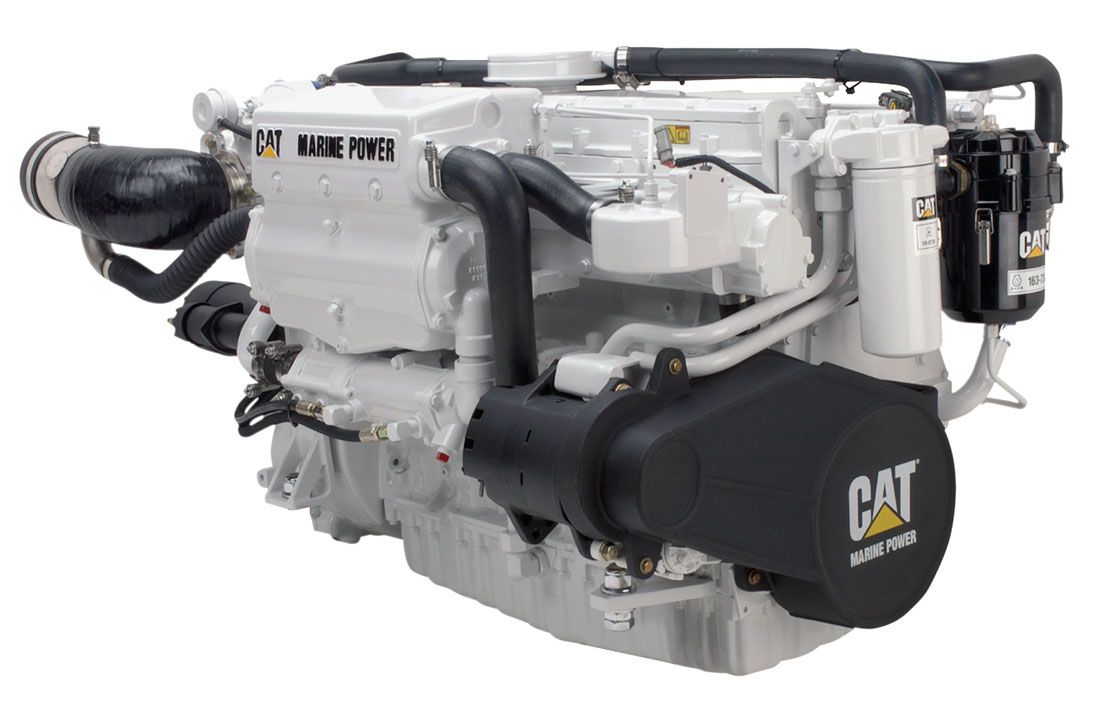
CAT Marine, a subsidiary of Caterpillar Marine, has announced that it is offering its medium-speed and high-performance engines tailored exclusively for the Indian Navy and Coast Guard. The company says that its engines are well-positioned to meet the Indian Navy’s specifications, ranging from 3 MW to 10 MW in power.
According to CAT Marine, its engines strike a balance between power and efficiency, making them versatile enough to meet the requirements of different vessel types and missions. The company also says that its engines are adaptable and reliable in various operational scenarios, making them a perfect fit for the Navy’s diverse needs.
Continue readingSOURCE: RAUNAK KUNDE / NEWS BEAT / IDRW.ORG
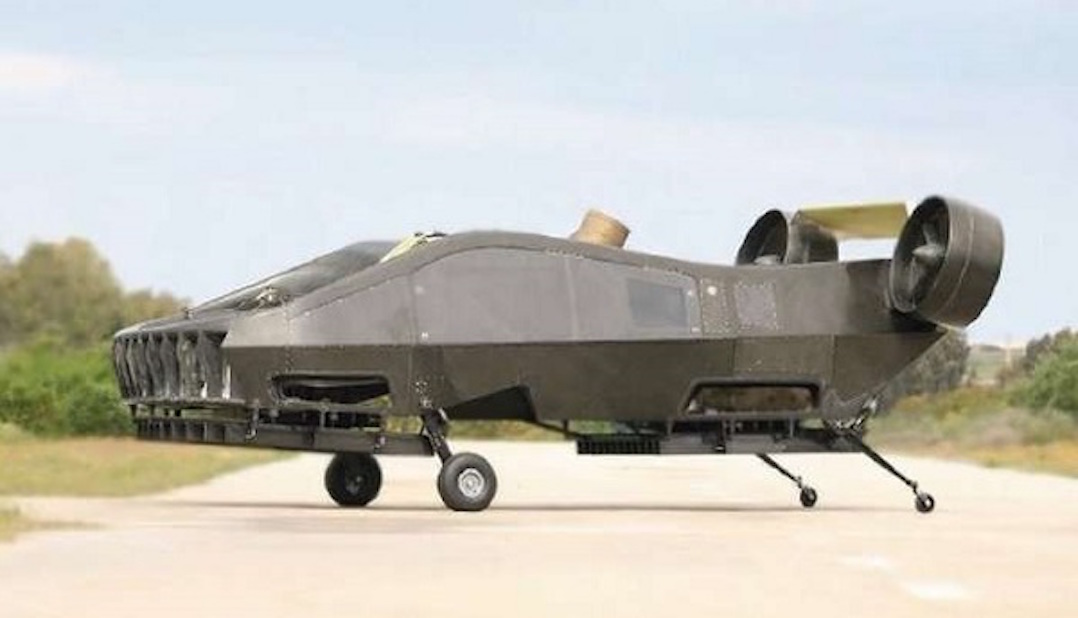
In a significant development, the Indian Army has approached the Madras Institute of Technology (MIT) in Chennai to develop drones capable of carrying injured or sick personnel from forward stations to base camps. This innovative approach is expected to revolutionize medical evacuation procedures, particularly in challenging and remote areas.
The Army’s request to MIT Chennai stems from the need for a more efficient and rapid evacuation system for injured soldiers. Traditional methods of evacuation, such as helicopters, are often limited by terrain and weather conditions, making it difficult to reach wounded personnel in remote areas.
Continue readingSOURCE: RAUNAK KUNDE / NEWS BEAT / IDRW.ORG

India has issued a notification for a no-fly zone over the Bay of Bengal, indicating a possible missile test. The no-fly zone will be in effect from December 6 to 7, 2023.
The no-fly zone is located approximately 990 kilometres off the coast of Odisha, India. The Indian Navy has advised all ships and aircraft to avoid the area during the no-fly zone.
Continue readingSOURCE: RAUNAK KUNDE / NEWS BEAT / IDRW.ORG

General Electric (GE) is poised for a historic production surge as it prepares to fulfil the U.S. Air Force’s purchase of 351 Boeing T-7A Red Hawk trainer jets and meet a contract for 99 F404-GE-IN20 engines destined for India’s HAL Tejas Mk 1/1A fighter. This strategic production ramp comes after GE faced challenges in supplying engines to India, as stipulated in a 2021 contract, leading to a brief hiatus.
The F404-GE-IN20 engine, with its cutting-edge features, holds a pivotal role in advancing the capabilities of both the U.S. Air Force’s trainer jets and India’s indigenous fighter aircraft.
Continue readingSOURCE: RAUNAK KUNDE / NEWS BEAT / IDRW.ORG

In a significant stride towards enhancing the Indian Air Force’s (IAF) intelligence capabilities, the Center for Airborne Systems (CABS) is actively developing a state-of-the-art Intelligence, Surveillance, Target Acquisition, and Reconnaissance (ISTAR) system. Dr K Rajalakshmi Menon, the Director of CABS, recently provided insights into the ongoing efforts, emphasizing the critical role of the ISTAR platform in modern warfare.
The ISTAR system being developed by CABS is designed to serve as a comprehensive solution for Surveillance, Targeting Acquisition, and Reconnaissance. Its primary function is to intercept enemy signals and provide crucial information to ground commanders. This real-time intelligence empowers commanders to make informed decisions about counterstrikes, offering precise targeting data and facilitating the optimal deployment of weapons.
Continue readingSOURCE: RAUNAK KUNDE / NEWS BEAT / IDRW.ORG
The Indian Army has issued a Request for Information (RFI) for the outsourcing of Overhaul-II of Tank T-72 including the provisioning of major assemblies/sub-assemblies and spares. This is a well-planned and comprehensively executed activity, to neutralize the effects of age, usage and restoration of the equipment to a near zero-hour, zero-kilometre state of operational readiness.
The purpose of this RFI is to identify prospective vendors (DPSUs / Private Indian Vendors) to undertake the Overhaul-II of Tank T-72 on a complete outsourcing model and facilitate the preparation of a Request for Proposal (RFP). All DPSUs and Private Indian Vendors are eligible to respond to this RFI and participate in this project.
Continue readingSOURCE: RAUNAK KUNDE / NEWS BEAT / IDRW.ORG
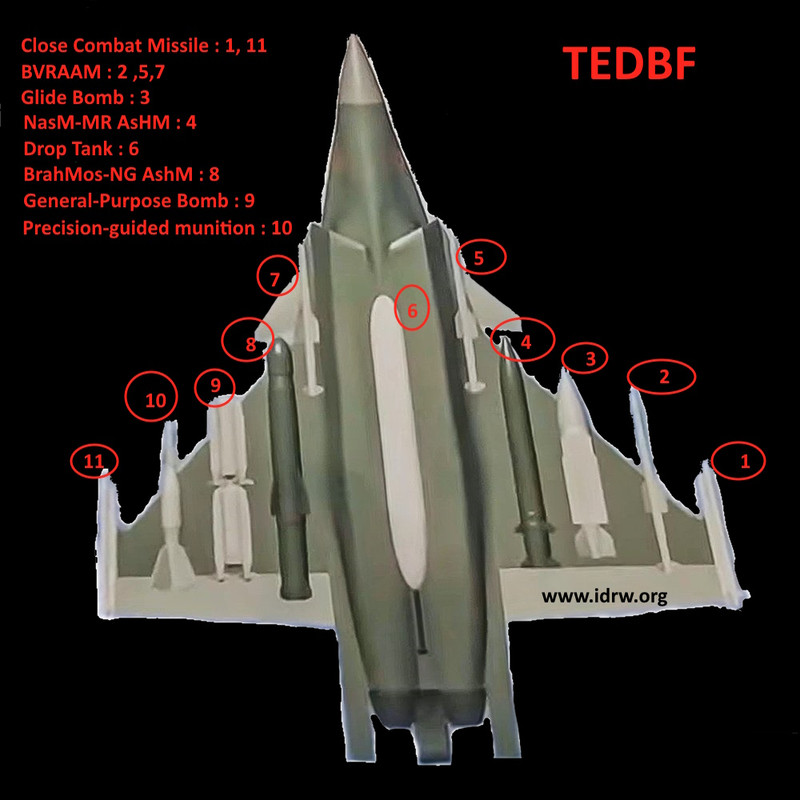
The Defense Research and Development Organization (DRDO) has provided further insights into the features of the upcoming Twin Engine Deck Based Fighter (TEDBF) program, emphasizing its Manned-Unmanned Teaming (MUM-T) capabilities. This 26-ton deck-based fighter, often referred to as a 5th Minus Generation category aircraft, is set to replace the Russian Mig-29K fighter jets on Indian aircraft carriers.
Manned-unmanned teaming is a revolutionary concept in military aviation, involving the integration of unmanned autonomous systems into mission planning. The primary objective is to expand mission parameters and tactical capabilities while minimizing risks to human and technological assets, especially in uncertain or hostile environments.
Continue readingSOURCE: RAUNAK KUNDE / NEWS BEAT / IDRW.ORG
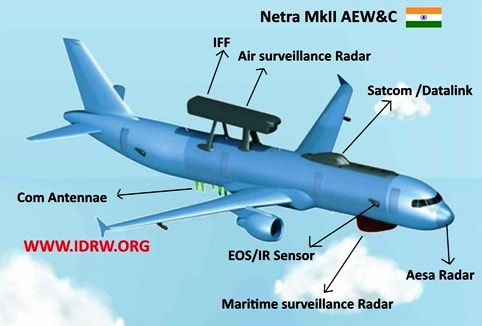
The Defence Research and Development Organisation (DRDO) is set to receive the first AESA-based Primary Radar (PR) with long-range for the AEW&C MK-II Program by mid-2024. DRDO will soon commence integration work on the Six Airbus A-321 aircraft that were acquired from Air India before it was sold to Tata Group.
AEW&C MK-II is designed to provide Long Endurance and enhanced Coverage of operation. It will be capable of searching, Detecting, Tracking, Identifying, integrating sensor Data, and communicating air Situation Pictures to Ground and Air Stations. It will also have a Self Protection Suite (SPS) with a Missile Approach and Warning System, Radar Warning Receiver & Counter Measures Dispensing System.
Continue readingSOURCE: RAUNAK KUNDE / NEWS BEAT / IDRW.ORG
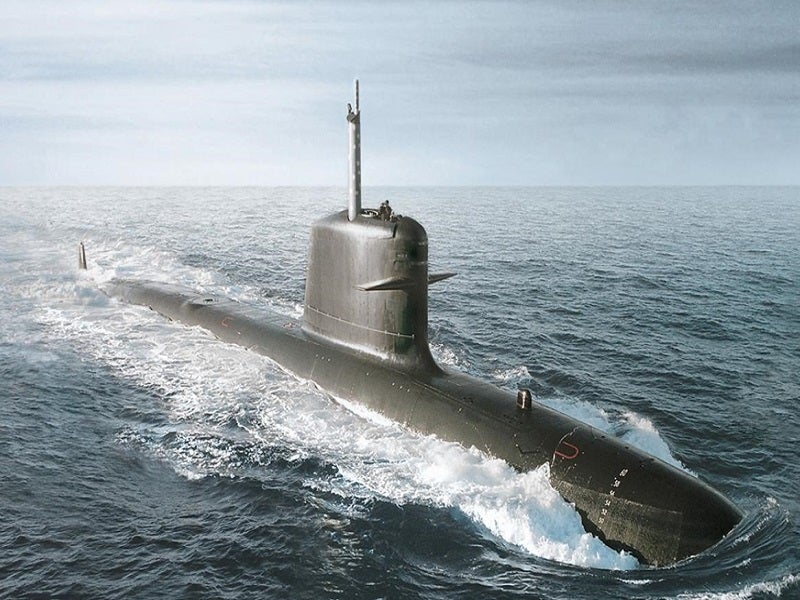
Mazagon Dock Shipbuilders Limited (MDL) is set to submit a price bid next month for the construction of three follow-up Kalvari class submarines equipped with an indigenously developed Air Independent Propulsion (AIP) system. This advanced propulsion system is expected to significantly enhance the underwater endurance of the submarines.
The Indian Navy has already issued a letter of intent (LOI) to MDL for the procurement of these three submarines. The LOI also calls for increased indigenization of critical components and the replacement of obsolete systems. The estimated cost of each submarine with the AIP system is around $1.2 billion, bringing the total value of the project to approximately $3.5 billion.
Continue readingSOURCE: RAUNAK KUNDE / NEWS BEAT / IDRW.ORG

In a move signalling deepening defence ties, the United States has extended its expertise in manpower to support India’s Advanced Medium Combat Aircraft (AMCA) program. The collaboration, rooted in shared concerns over China’s expanding influence in the Indo-Pacific, aims to bolster India’s indigenous capabilities in the defence sector and foster long-term cooperation beyond its traditional defence partnership with Russia.
The collaborative effort spans various technological domains, with joint initiatives announced in jet engine production, semiconductors, and space technology. This strategic partnership not only addresses India’s aspirations to develop a self-sufficient defence industry but also aims to enhance technological competence across diverse sectors.
Continue readingSOURCE: RAUNAK KUNDE / NEWS BEAT / IDRW.ORG
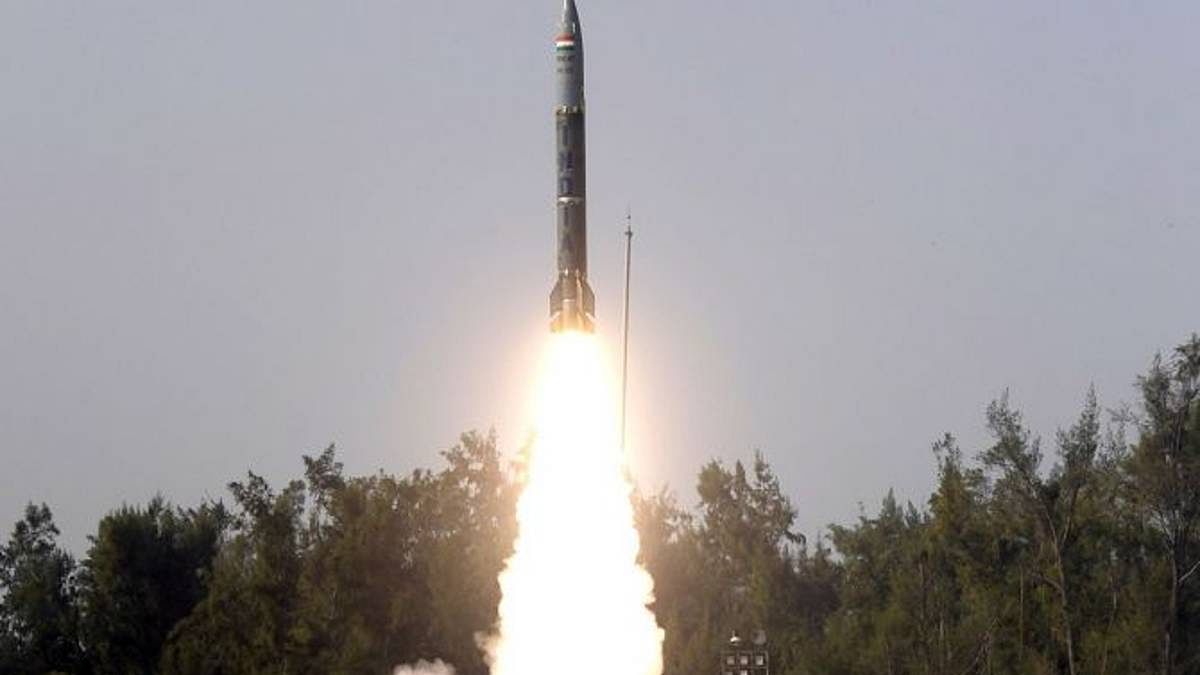
In the face of ongoing military tensions with China, India is steadily progressing towards the establishment of an Integrated Rocket Force (IRF), a strategic move to bolster its defence capabilities. At the forefront of this development is the introduction of “Pralay,” a quasi-ballistic surface-to-surface missile boasting a formidable range of 500 kilometres. While Pralay takes the lead as the first tactical missile to be inducted into the IRF, it is only the beginning of a broader missile system overhaul.
The Defense Research and Development Organization (DRDO) is actively engaged in the development of an advanced missile, designed to avoid interceptor missiles effectively. This new tactical missile is set to revolutionize India’s defence capabilities with its unique features. One of the standout attributes is its ability to alter its trajectory midair after covering a specified range, enhancing its evasive capabilities.
Continue readingSOURCE: RAUNAK KUNDE / NEWS BEAT / IDRW.ORG

The Indian Air Force (IAF) had given a lukewarm response to the developers of the Twin-Engine Deck Based Fighter (TEDBF) when they mooted a proposal to develop an Air Force variant of the jet called OCRA in late 2021. The IAF is instead showing more support to the 5th-generation AMCA program since it also will be a 25-ton fighter jet.
The TEDBF concept was first showcased at Aero India 2021. The jet is designed to operate from the Indian Navy’s Short Take-off But Arrested Recovery (STOBAR) aircraft carriers, INS Vikramaditya and Indigenous Aircraft Carrier 1 (IAC 1). The TEDBF features twin engines for better short take-off performance.
Continue readingSOURCE: RAUNAK KUNDE / NEWS BEAT / IDRW.ORG
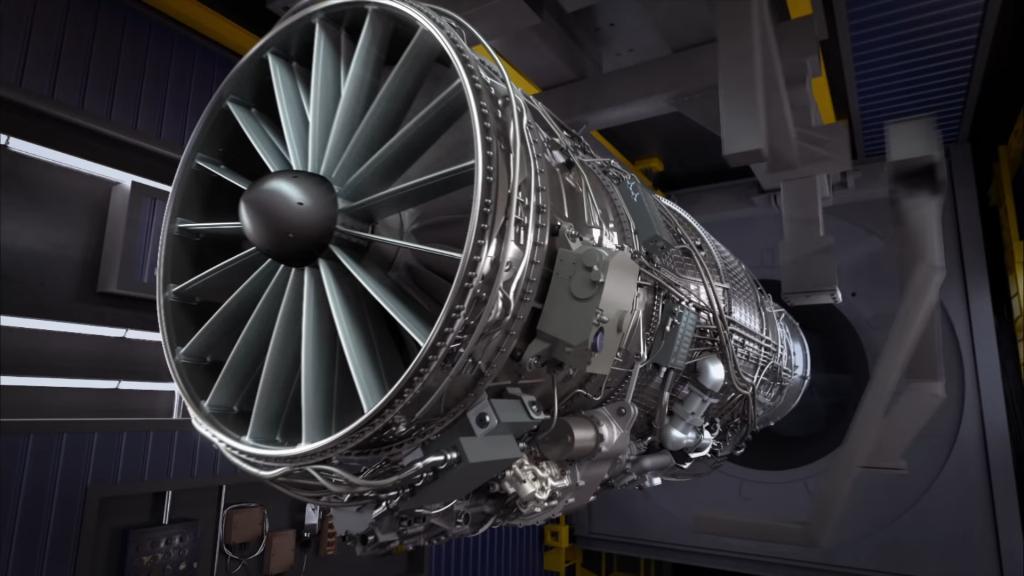
DRDO Chief Samir V Kamat has revealed that the first squadron of the AMCA’s 5th generation, called MkI, will be powered by GE-supplied F-414 engines. However, a later squadron of upgraded AMCA called MkII will feature a new high-thrust weight class engine that will incorporate sixth-generation technology.
To develop this sixth-generation engine, DRDO plans to collaborate with a foreign OEM to reduce development risks and expedite the process, aiming to complete development within 10 years. Kamat stated that DRDO is in discussions with French Safran, British Rolls-Royce, and American GE for this partnership and intends to finalize a deal with one of these companies within the next six months.
Continue reading